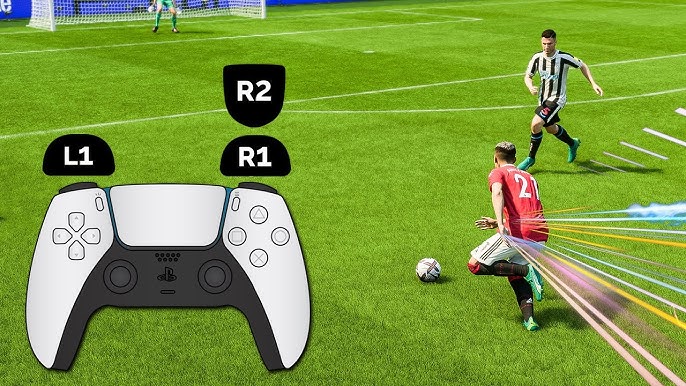Significantly enhance Unreal Engine 2023 (UE5.3+) performance using these targeted techniques. Apply principles suitable for both development and shipping builds.
Optimize Rendering Pipeline
Profile Relentlessly: Utilize Unreal's built-in tools: Stat Unit, Stat GPU, Stat SceneRendering, and the GPU Visualizer. Identify specific bottlenecks (CPU Game, CPU Draw, GPU) before optimization.
Master Level of Detail (LOD):

- Aggressively configure automatic LOD generation (Mesh Details) for static meshes.
- Implement HLODs (Hierarchical LODs) via the HLOD Outliner for complex scenes, drastically reducing draw calls.
- Manually adjust LOD distances based on profiling.
Refine Lighting & Shadows:
- Minimize Dynamic Shadow casting lights; prioritize Static or Stationary where possible.
- Use Shadow Maps instead of Ray Traced Distance Field Shadows if performance is critical.
- Reduce shadow map resolutions (*) and filter quality (*).
- Optimize Lightmass baking times.
Streamline Materials & Textures:
- Audit Material complexity (Shader Complexity View Mode). Simplify expensive nodes and reduce texture samples.
- Ensure proper texture compression settings and Mip Map biasing.
- Use Texture Streaming with adequate pool sizes (*).
Boost CPU Performance
Tick Smarter:
- Minimize tick usage (* = false;). Use Timers or Events instead.
- Implement Tick Groups selectively for dependent logic.
- Profile CPU usage per Blueprint/Actor (Stat Game).
Optimize Physics:
- Use primitive collision shapes (Box, Sphere, Capsule) over complex meshes.
- Set actors to Simulate Physics: false when static.
- Adjust physics sub-stepping (PhysicsSubsteps, PhysicsSubstepsPerMS) if necessary.
Efficient Blueprints & C++:

- Avoid heavy operations in Tick or frequent Events (e.g., Collision checks, Casting).
- Utilize Object Pools for frequently spawned/destroyed actors.
- Favor C++ for performance-critical logic.
Critical Runtime Commands & Settings
Use these Console Variables (CVars) strategically:
- * 0: Disable VSync (control max FPS with instead).
- * X: Use Temporal Upscaling (X < 100) or lower rendering resolution.
- * 0-3: Lower global PP quality (Bloom, DoF, Motion Blur). Disable entirely if necessary.
- * 0: Completely disable shadows in emergencies.
- stat scenerendering: Identify expensive rendering features.
- * 0 & * 0: Disable demanding features.
Content & Workflow
- World Partition: Organize large worlds. Ensure Data Layers and Streaming Sources are optimized.
- Lumen Adjustments: Reduce , lower Global Illumination & Reflections quality, decrease Tracing distances.
- Nanite Optimization: Profile Nanite rendering cost (Stat Nanite). Review triangle budgets per mesh.
- Animation: Simplify skeletons, use Animation Blueprint Profiling, and optimize Montage Notifies.
Consistently benchmark changes using stat fps and relevant profilers. Prioritize fixes based on the most significant bottlenecks identified.
